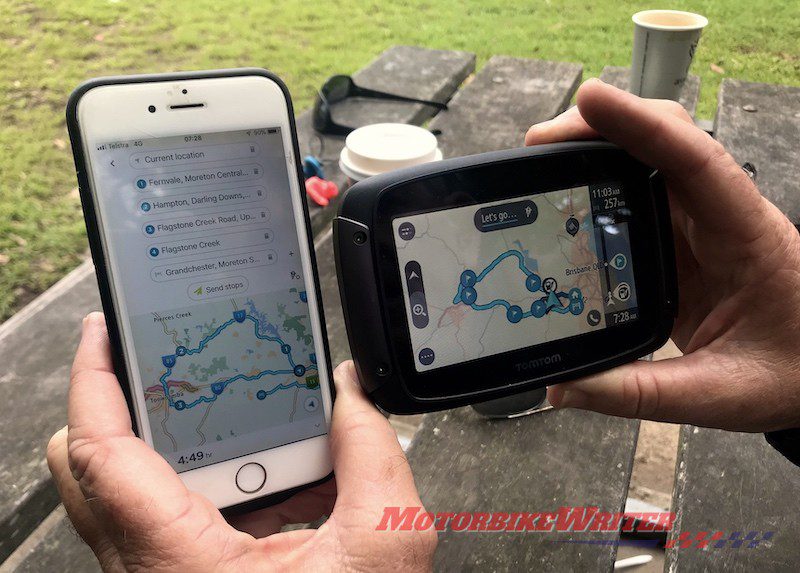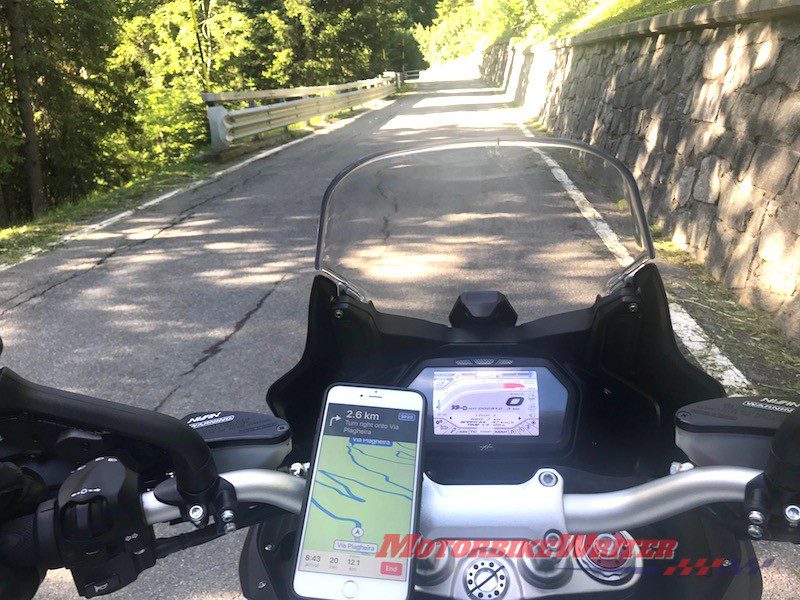Map and satnav expert Peter (World Mapman) Davis provides some interesting background information for riders on GPS in this fourth instalment in our satnav series.
You can check out the other articles by clicking on the topic: Satnav for beginners, planning a route and reading a map the right way. You can also ask Peter any tech questions on satnav by clicking here.
What is GPS?
Global Positioning Systems (GPS) use some 31 satellites (as of October 2018) that orbit at 20,000km above the Earth every 12 hours.
Contrary to popular belief, GPS satellites are not in geosynchronous or geostationary orbits at the same potion above the globe.
You need at least three satellite beams to “triangulate” your position, which means it is the average position between the three beams.
The original satellites were sent into orbit by the US military for their use in navigation.
However, tech-savvy people soon found out how to communicate with them and use their navigation services.
When US authorities discovered that their satellite navigation systems were being used by civilians, they allowed what they called “selective availability”.
They actually built in some positioning inaccuracy.

Military GPS
If the military needed to use their satellites for operations, they would simply turn off selective availability and suddenly people would get very accurate positions.
It became evident that this was a very useful tool for the civilian population, so the last Bill President Bill Clinton signed was the abolition of selective availability.
These days we now get more accurate readings as there are a lot more satellites in orbit that belong to other countries and even commercial operations.
To obtain an accurate position, a GPS device needs to have at least three satellite connections.
A satellite is a transmitter, not a receiver. It transmits a signal which the GPS picks up.
The more satellites you get the more accurate your position.
Early GPS
Early GPS devices had a very narrow beam of reception to gain signals from satellites.
This made them lose satellite reception very easily if you were riding in dense forest or even through cities with tall buildings.
All GPS units need line of sight with satellites.
However, newer GPS units have a broad spectrum of reception which is basically horizon to horizon.
Consequently, so long as you can see some sky, it works. The satellite doesn’t need to be straight above.
They also now work in some tunnels that have repeaters in the roof to beam the satellite signal.
Land beacons
Satnav has become even more accurate with the introduction of ground-based GPS nav beacons or “differential nav”.
Your position can be triangulated using a combination of satellites and land beacons which can be radio transmitters or mobile phone towers.
Early on, they used the Triple J radio signal.
Land beacons improve position accuracy from about 5m to 1m, or even less depending on how close you are to a land beacon.
The real advantage is that they are very accurate for vertical elevation or altitude.
Surveyors even use them and it helps adventure and off-road riders using topographical satnav.



